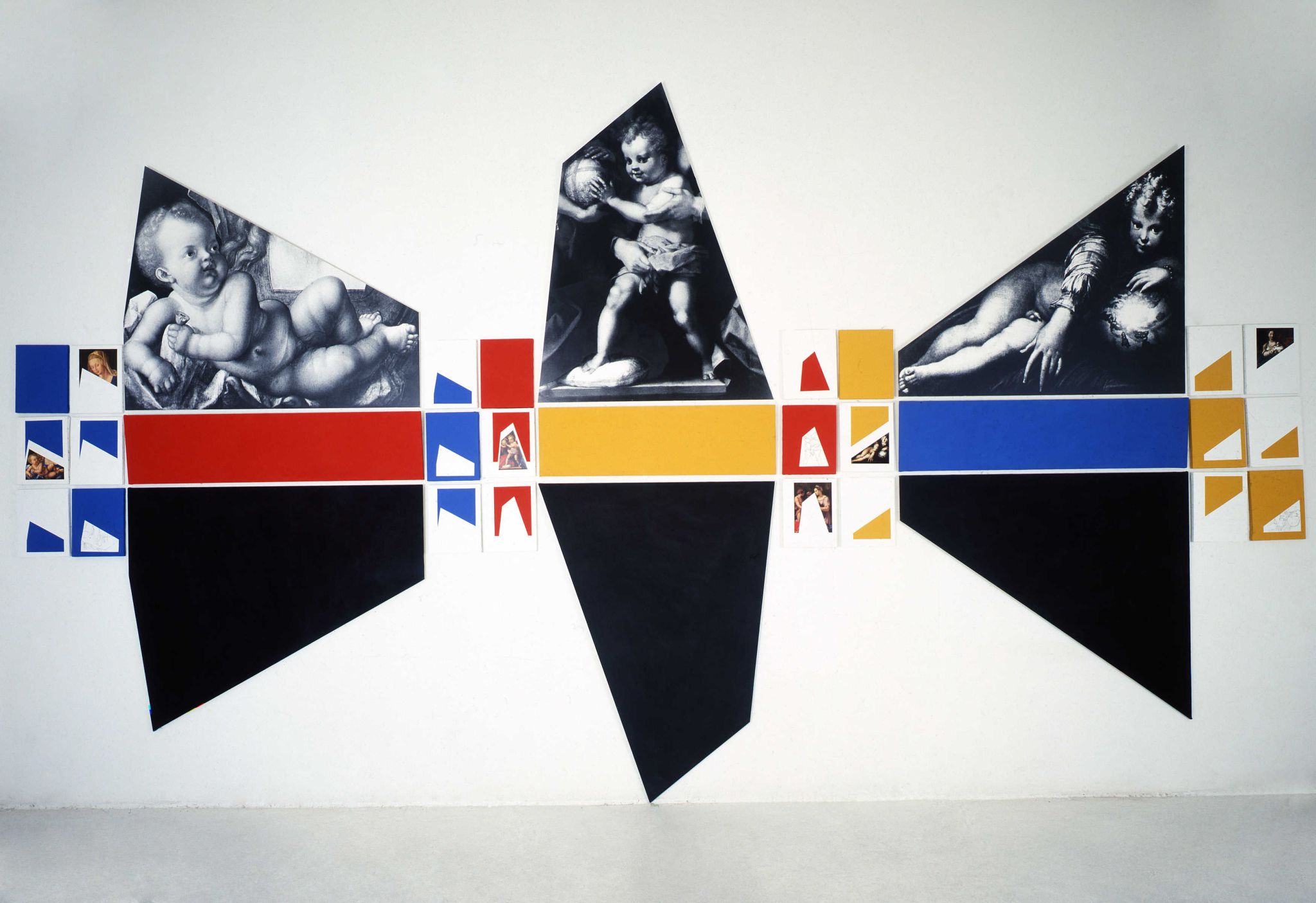Lublin’s work, which in 2015 had its first comprehensive retrospective at the Lenbachhaus in Munich, is not a rediscovery of a “minor history”, but that of a contemporary and politically necessary artistic practice. In the contemporary realm of theoretical discussions around participation, emancipation, and societal power relations reflected in the art world, Lublin’s work is extremely relevant. Her sensibility for the fact that the “ruling aesthetic always also is the aesthetic of the rulers” still today opens a discussion, which demands reflection upon skin colour, gender, sexual orientation, and social-economic contexts.
read more
For Art Basel Feature we bring together three significant works by Lublin from three different decades. Each work portrays one of the main themes that she explored during her artistic practice—first, the abandonment of painting in favour of environments and actions in the mid 1960s: Voir clair: La Gioconda aux essuie-glaces (To See Clearly: The Mona Lisa with Windshield Wipers), 1965. Second—the use of dialogue as an art form: Le milieu du tableau. Espace perspéctif et désirs interdits d’Artemisia G. (The Centre of the Painting. Perspectival Space and the Forbidden Desires of Artemisia G.), 1979, and, third, the deconstruction of art historical imagery from a feminist and psychoanalytical standpoint, exemplified by R.S.I. – Dürer, del Sarto, Parmigianino, 1983.Lublin was born in Breszc, Poland, in 1929, and moved to Argentina at the age of two. Having begun her career as a painter in Buenos Aires, Lublin radically changed course in the mid-1960s to create art that would offer the greatest possible agency and participation for its audience. After working between France and Argentina, she eventually moved permanently to Paris, where she became a French citizen and lived until her death in 1999. Lublin belonged to a generation of such artists as Lygia Clark and Allan Kaprow, who were committed to overcoming the boundaries separating “art and life.” Seeking dialogue and confrontation, Lublin’s approach was at once sensual and didactic, challenging yet egalitarian.
Her work closely engaged with currents in critical theory, philosophy, and art of her time, and brings them alive for us today.Lea Lublin’s work has been widely exhibited and is represented in the collections of the Museum of Modern Art, New York, the Centre national des arts plastiques, Paris, France FNAC, Fonds National d’Art Contemporain, Paris, France, Centre George Pompidou, Paris, France, and the Museum of Contempoary Art in Buenos Aires, Argentina, among others.
